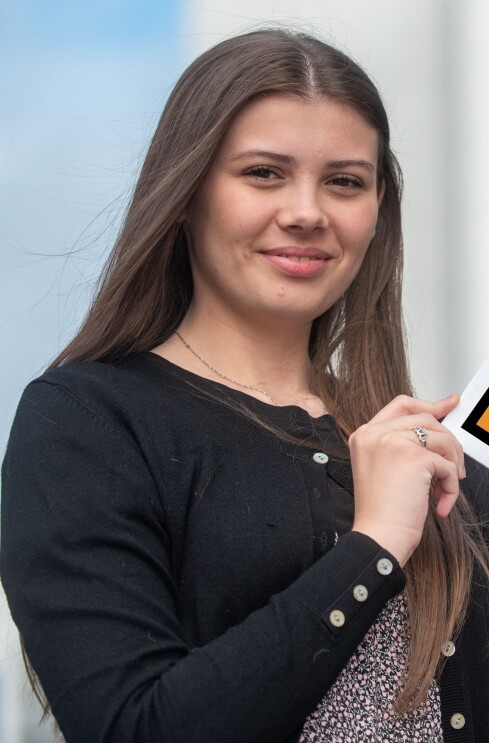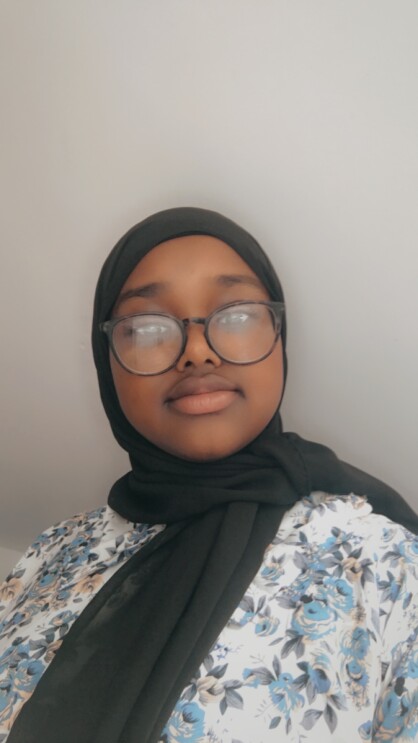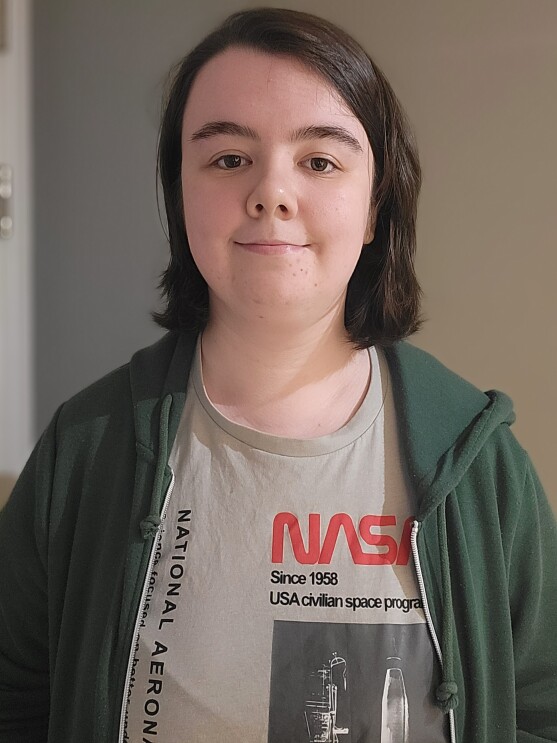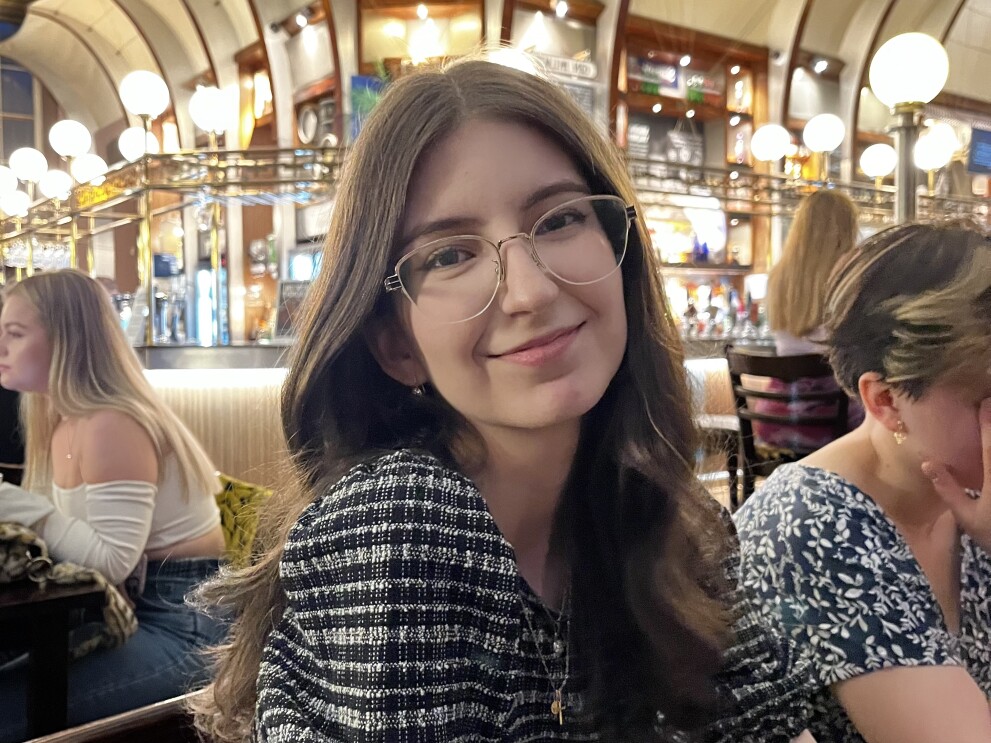The Royal Academy of Engineering and Amazon have announced the recipients of the Amazon Future Engineer bursary scheme. This year 31 bursaries have been awarded, more than double the number awarded last year.
The awards, which provide a support package of up to £20,000, have been granted to women students from low-income households progressing from A Level, Scottish Highers or technical education courses to university education in the 2022/23 academic year.
We’re delighted to expand the Amazon Future Engineer bursary scheme to 31 fantastic women students and we hope they go on to achieve great things as our innovators of the future.
The selected students demonstrated a passion and drive for computing and engineering with an understanding on how innovation and creativity in this field can help solve some of the world’s greatest challenges. Alongside the monetary award, awardees will gain exclusive access to networking groups to meet positive role models from Amazon and the Royal Academy of Engineering, interact with like-minded peers, build long-term relationships, and benefit from collaboration opportunities.
The Academy and Amazon have a shared goal of increasing diversity within the profession, and we will continue to seek out talented individuals like these to help ensure that our community is more representative of the society it serves.
The Amazon Future Engineer bursaries aim to help address underrepresentation and accelerate the rate of progress – women are significantly underrepresented in engineering and technology in higher education. UCAS data on university application and acceptance figures for the 2021 cycle highlighted that women represent just 16% and 18% of accepted applications to computer science and engineering degrees respectively. At the current rate of progress, parity of women in engineering degrees will still not be achieved until 2085.
“If we want to continue innovating and inventing on behalf of all customers, then a diverse and representative workforce is absolutely essential,” said Lauren Kisser, Technology Director at Amazon UK and Ambassador for Amazon Future Engineer. “We’re delighted to expand the Amazon Future Engineer bursary scheme to 31 fantastic women students and we hope they go on to achieve great things as our innovators of the future.”
“The ideas put forward by this year’s awardees in their applications amply illustrate the ingenuity and creative talent that exists among women who are underrepresented in engineering,” said Dr Rhys Morgan, Director of Engineering and Education at the Royal Academy of Engineering. “The Academy and Amazon have a shared goal of increasing diversity within the profession, and we will continue to seek out talented individuals like these to help ensure that our community is more representative of the society it serves.”
The Amazon Future bursary scheme is part of Amazon Future Engineer, our comprehensive childhood-to-career programme to inspire, educate and enable children and young adults from lower-income backgrounds to try computer science and related engineering courses. The bursaries are open to students enrolling onto courses such as computer science, electrical and electronic engineering and software engineering in the UK.
We spoke to five of the students who received the bursary this year to find out more about what it means to be supported by Amazon Future Engineer.
Clare Hamilton, Queen’s University Belfast, Computer Science Professional Experience
Clare is in her first year at Queen’s University Belfast, studying Computer Science Professional Experience where she hopes to learn the fundamentals of computer science and learn practical skills during her third-year industry placement.

Her interest in tech was sparked by her mother, a former programming lecturer at Ulster University, who home schooled her from the age of eight to seventeen, and encouraged by her programming teacher at college.
“My teacher was a great inspiration to me, she made the learning fun, engaging and ultimately helped me build the confidence to pursue computer science at degree level.”
Clare nurtured her interest in technology through an internship in the product management department at Citibank, gaining experience in the programming and software testing team. She is excited about the mentoring support on offer through the bursary scheme.
“It’s reassuring to know that I can speak to experts for career advice, and have a whole network open up to me through the bursary.”
Asiah Hussein, Computer Science, Birmingham City University
Asiah took her first steps into the programming world by creating her first video game with a murder mystery story at age 12.

“My brother is a software engineer, so I really wanted to follow in his footsteps. I was working on the game and creating little bits here and there, but it wasn’t long until I was building my own PC and getting more involved.”
Asiah discovered the Amazon Future Engineer bursary after researching paths into STEM careers online, she realised the bursary would drastically reduce the financial burden of university.
“I was so lucky to find the bursary - I discovered it just two weeks before the deadline, so I had to write the application really quickly!”
Asiah loves designing and being creative. After completing her degree in Computer Science at Birmingham City University, she has big plans to combine her creative design skills to take on a front-end role.
“Right now, my current module at university is Website Design which I absolutely love. I’m learning JavaScript, HTM and CSS to make sure I have the skills to be a front-end engineer in the future.”
Hannah McCormick, Computer Science, University of Aberdeen
At the University of Aberdeen, Hannah has recently started her degree in computer science. She’s excited to explore the different specialisms she could build a career in although she has a particular interest in software engineering.

“I would love to work in cyber forensics or make disability aids. I was a young carer and looked after my parents and two siblings before I came to university, so I saw how beneficial that work can be.”
Hannah was introduced to computer science through an IT teacher at school and a family member.
“I had quite a cool IT teacher at school who taught us about cybersecurity, cryptographers and Alan Turing, the mathematician who broke the Enigma code in the second world war using the bombe machine he built.”
She added: “This pulled me into computer science, and so did spending time with my uncle who taught me about robotics through remote control boats and cars we played with.”
Hannah applied for the Amazon Future Engineer bursary scheme after a teacher shared a link with her once her exams were over.
“When I found out I got the bursary, it felt really good. It’s the first bursary I've been successful at applying for, and we celebrated on results night with a dinner. The networking opportunities that come with it will really help me start to plan my career.”
She has thrown herself into her new course and wants to keep studying after her degree and get involved in university research.
Chloe Birkwood, Computer Science, University of Leicester
Growing up in Norwich, Chloe was the only girl in her high school class studying computer science but her interest in technology started when she developed her first game on Scratch.

“Creating something myself on computer was a big turning point for me, it ignited an interest which led to studying IT in high school and learning Python, which I was totally fascinated by.”
Now 18 years old and studying Computer Science at the University of Leicester, she is enjoying the challenge of studying her favourite subject at a higher level.
“Every day I wake up and feel like I'm in the right place, learning about something I love. It’s such an exciting field that’s advancing fast, there are so many career prospects and I’m excited to be a part of it.”
Chloe aims to have a career in AI and become the role model for girls in STEM she didn’t have in her early education.
“I want to eventually work in AI and do something that helps the planet or people. I would love to work in something like Neuralink, a technology that helps people with paralysis or other challenges connect their brains to physical things like a robotic arm so they can control their movement.”
Chloe added: “I want to be an advocate for women in STEM, being the only girl studying computer science in my high school I had no women role models, but with the bursary I now have access to networking groups with likeminded people and can build great connections!”
Lenka Senešiová, University of Aberdeen, Master of Engineering in Computer Science
Lenka grew up in Slovakia and moved to the UK at age 15 on a scholarship to attend Harrogate Ladies College in North Yorkshire.

In school, she was encouraged by teachers to explore STEM subjects which led her to think about a different future.
“I often wish I could’ve started my education in the UK earlier. The all-girls school I attended here showed me there is so much more diversity in the types of education and careers we could pursue as women. I also started thinking about what my hobbies were and realised I loved computers.”
Lenka is currently in her first year of a Master of Engineering in Computer Science programme at Aberdeen University. In the future, she wants to work as a race engineer, much like Hannah Schmidt who is the Chief Strategist for Red Bull Racing and one of the only female race engineers in the industry.
Receiving the bursary has made it possible for Lenka to continue her studies in the UK and pursue her dreams.
“It’s much more expensive to study here compared to my home country. Before receiving the news that I had been selected for the bursary, I was concerned I wouldn’t be able to continue my education here. Now I know I can focus on my studies and enjoy my university life without worrying about the financial side of things.”
View the full list of recipients on the Royal Academy of Engineering website.











